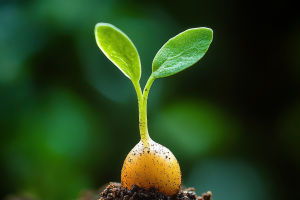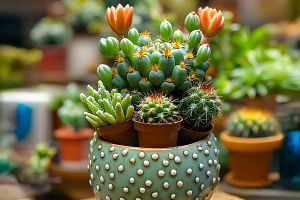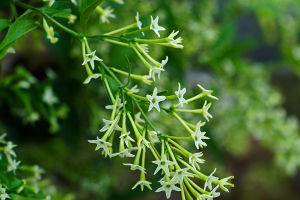Hello Lykkers! Nature's color palette isn't just about looking pretty—especially when it comes to plants.
From the deep greens of summer leaves to the golden hues of fall, these vibrant colors come from specialized pigments that do more than dazzle your eyes. They help plants survive, thrive, and respond to the environment.
This guide unpacks three main types of plant pigments—chlorophylls, carotenoids, and anthocyanins. You'll get to know what makes leaves green, carrots orange, and autumn trees burst with red and purple. Even better, you'll see how these pigments aren't just decorations—they're chemical powerhouses helping plants absorb light, protect themselves, and communicate with the world.
Let's kick off with the core players in plant color—and how you can spot them.
Chlorophylls: The Green Machines
You've seen this pigment everywhere—it's the reason most leaves are green. Chlorophyll is essential for photosynthesis, the process that lets plants turn sunlight into energy. There are different kinds, but chlorophyll a and b are the stars of the show.
When you look at a lush, green tree or a leafy houseplant, you're witnessing chlorophyll at work. It absorbs red and blue light but reflects green, which is why that color dominates. Without chlorophyll, plants wouldn't have the energy to grow, flower, or fruit. Pretty cool for something that's been working behind the scenes since ancient times, right?
Carotenoids: The Sun-Kissed Helpers
Next time you see a yellow marigold or a bright orange squash, give a nod to carotenoids. These pigments also help with photosynthesis but in a support role. They capture extra light energy and protect plant cells from too much sun.
Carotenoids shine brightest in autumn. As chlorophyll fades, the yellows and oranges they've been hiding beneath all summer come to the surface. They're like backup dancers who step into the spotlight when the lead takes a bow.
Anthocyanins: The Mood Pigments
Reds, purples, and blues—those are the specialty of anthocyanins. These pigments change color depending on the acidity around them, which is why a single plant might have flowers in different shades. They're often found in fruits like grapes or blueberries, and they give maple leaves their fiery red hues in autumn.
You can think of anthocyanins as the artists of the plant world. Besides being beautiful, they serve practical roles too. They can protect leaves from damage by filtering light, and they might even keep pests away or attract pollinators depending on the plant's needs.
More Than Just a Pretty Hue
All these pigments do more than color leaves and petals. They help plants handle stress, recover from environmental changes, and interact with animals and insects. When you admire a brilliant flower or a sunset-colored leaf, you're really seeing a whole toolkit of survival strategies in action.
Try walking through a park or garden and looking at colors from this new perspective. You're not just seeing beauty—you're seeing biology in motion, shaped by millions of years of evolution and experimentation.
So, Lykkers, plant pigments aren't just eye candy—they're key players in how plants live and adapt. Chlorophyll powers them. Carotenoids shield them. Anthocyanins express them. Each color tells a story of energy, protection, and purpose.
Next time you see a fiery autumn leaf or a vibrant bloom, pause and think about the pigments behind the colors. They're not just pretty—they're essential, elegant, and endlessly fascinating. Nature's palette is smarter than you might think!


